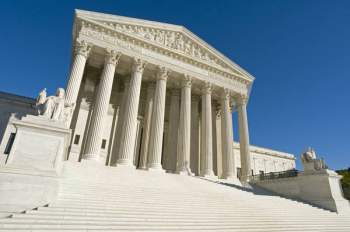
Quick Outline of State Supreme Court

In the United States, there are several levels of courts. The State Supreme Court is the highest court within each State's jurisdiction. The State Supreme Court hears cases which involve appeals of the lower court decisions within the State. In fact, the State Supreme Court does not hear trials, but instead hears cases in which individuals involved in trials in the lower courts believe that the outcome was unfair or based on facts which were not supported by evidence.
State Supreme Courts hear cases in which it is believed that there was a legal error made in the original case. For example, a judge may have allowed facts into evidence which should not have been legally allowed. Cases which involve problems with the jury, including the presentation of facts which should not have been heard, may also be presented to State Supreme Courts. If the State Supreme Court determines that the case involved an error of justice, the case may be heard again in the lower courts.
States Supreme Courts are made up of a panel of judges which are appointed according to the rules and regulations, as laid out by each State's Constitution. When these judges make a decision, it is legally binding for all parties involved and must be accepted by the other courts, as well as the individuals involved in the case.
However, there are cases in which the finding of a State Supreme Court can be overruled, if there are Federal issues involved for instance.



















